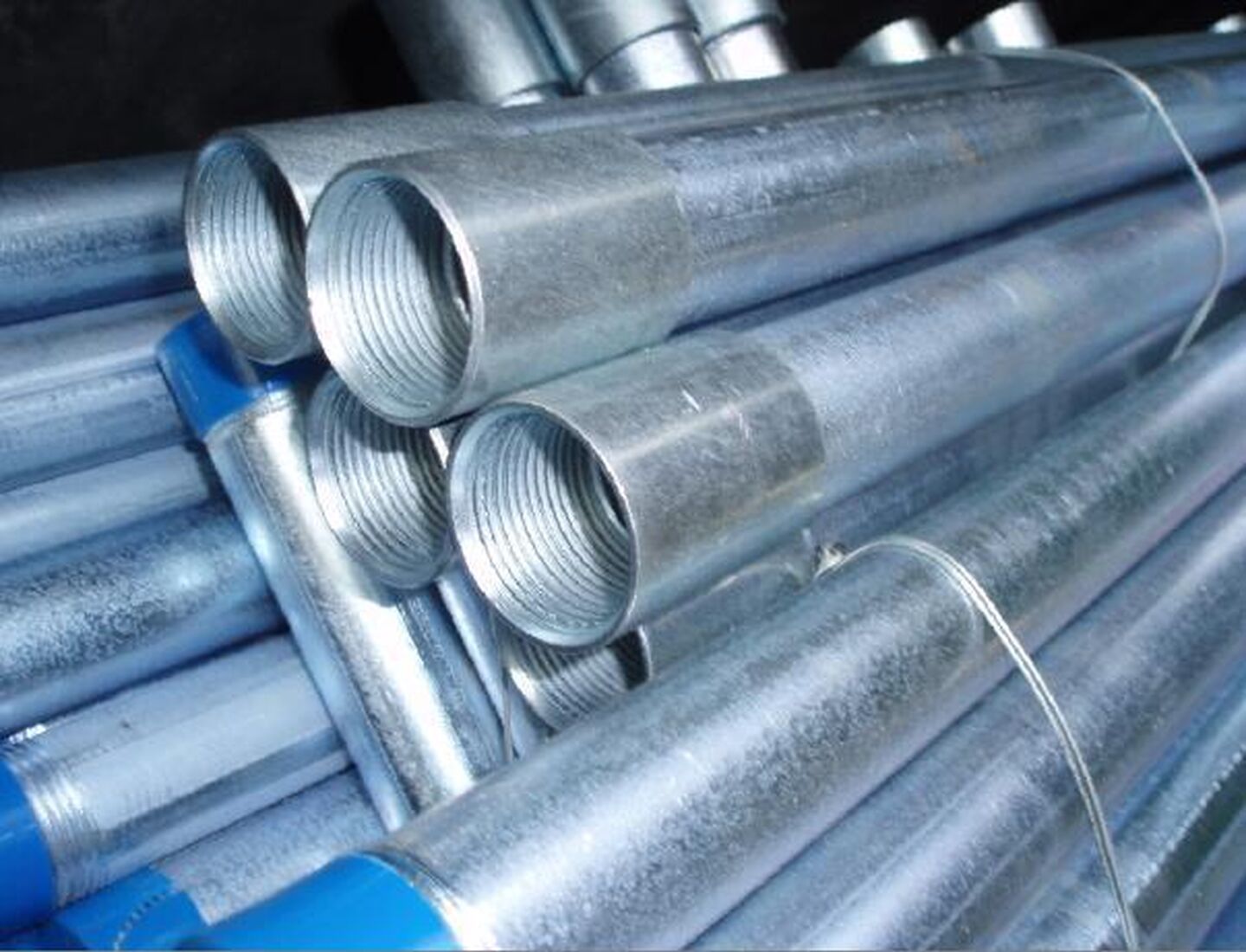Structural Foundation Repair: Galvanized vs. Un-Galvanized Push Piers

When a home’s foundation has been damaged due to shrinking of the soil that supports it, the effects of the damage are seen throughout the home. Floors are out of level, walls are out of plumb, windows and doors stick and cracks appear in interior drywall and exterior masonry. It looks like a serious problem — and it is.
The method of repair for a dropped or settled foundation is called underpinning, a process by which the foundation and the structure it supports are raised back to level and stabilized there. This is done by placing support columns, called piers, under the foundation. Although some foundation repair contractors still use some form of concrete pier, the best method is to drive a steel column into the earth until it reaches a load-bearing stratum, then hydraulically raising the structure to level and permanently attaching it to the pier. These are known as hydraulic push piers.
Even among contractors who install steel push piers, there is disagreement about the use of Galvanized steel vs. un-Galvanized, but there’s really very little question of which is the superior material.
Why Galvanized Steel is Best for Hydraulic Push Piers
The process of Galvanizing has been around since at least the 19th Century. Although there have been several methods of coating steel with zinc, the current and most-effective is called “hot-dip” Galvanizing. In this process, steel is chemically cleaned, then immersed in molten zinc, which bonds with the steel and cools to form a permanent protective coating.
The effect of Galvanizing steel is that it becomes considerably more resistant to rust and corrosion than plain steel or even painted steel. Galvanized steel is used widely in construction applications where the end product will be exposed to weather, including pipe, construction hardware and roofing materials. It is particularly effective in applications where the steel is placed underground, where the Galvanized coating resists rust from ground water and corrosion from minerals in the soil.
Of course, a prime example of such a use is the steel push pier, which will be exposed to both ground water and soil and must last for many, many years in order to maintain the stability of the home it supports. The steel in the push pier must be protected from corrosive agents in soil and water and the protection afforded by the zinc coating applied in Galvanizing greatly prolongs the life of the steel.
So, why does anyone use plain, un-Galvanized steel for hydraulic push piers? One reason – cost. Obviously, the process of Galvanizing adds cost to the steel and makes the Galvanized pier more expensive than the un-Galvanized one. Some contractors will use the price difference as a selling point and claim that plain steel will last just as long.
Research has proven that using Galvanized steel can add 10 years or more to the life of the hydraulic push pier and this alone justifies the moderate price difference. To be candid, underpinning a house is not an inexpensive venture to begin with and there can be a certain appeal to saving money by accepting lesser materials. However, foundation repair is also a long-term investment for the homeowner and it makes more sense to do it with materials that will last.
When facing a serious foundation problem, a homeowner must be able to rely on their contractor to provide them with a solution that is both long-lasting and cost-effective. At U.S. Waterproofing, our foundation repair experts always recommend the repair that is justified by engineering reports and that provides the greatest value to the homeowner. Why not ask us for a free consultation?




